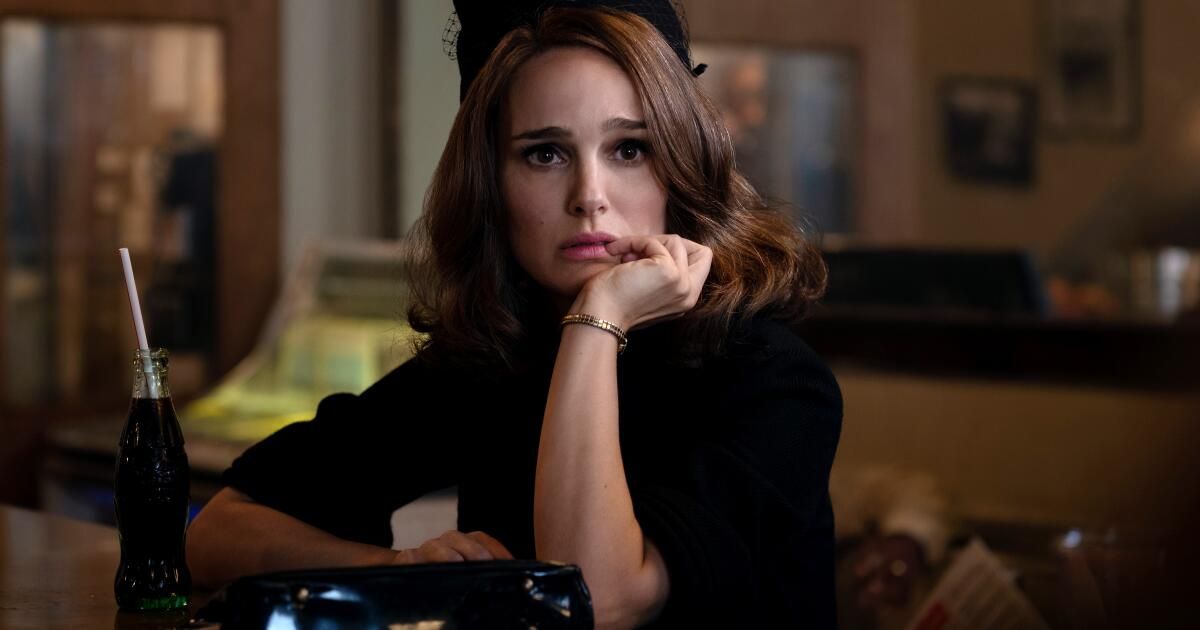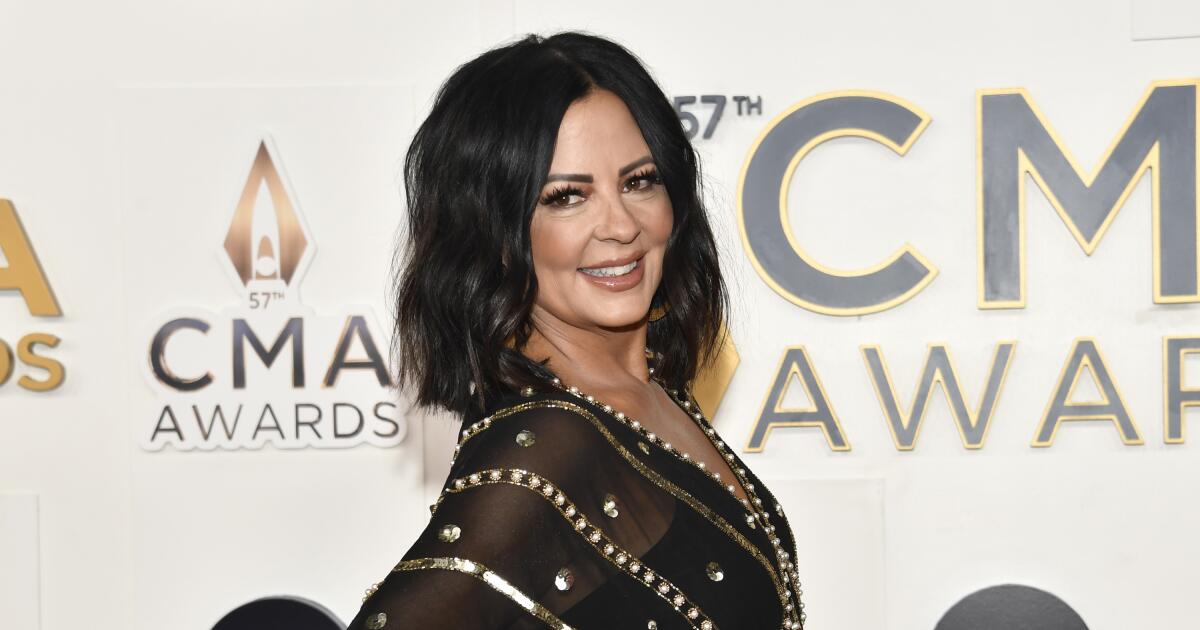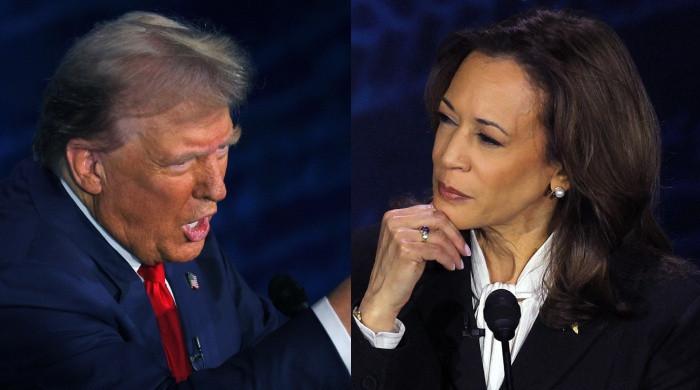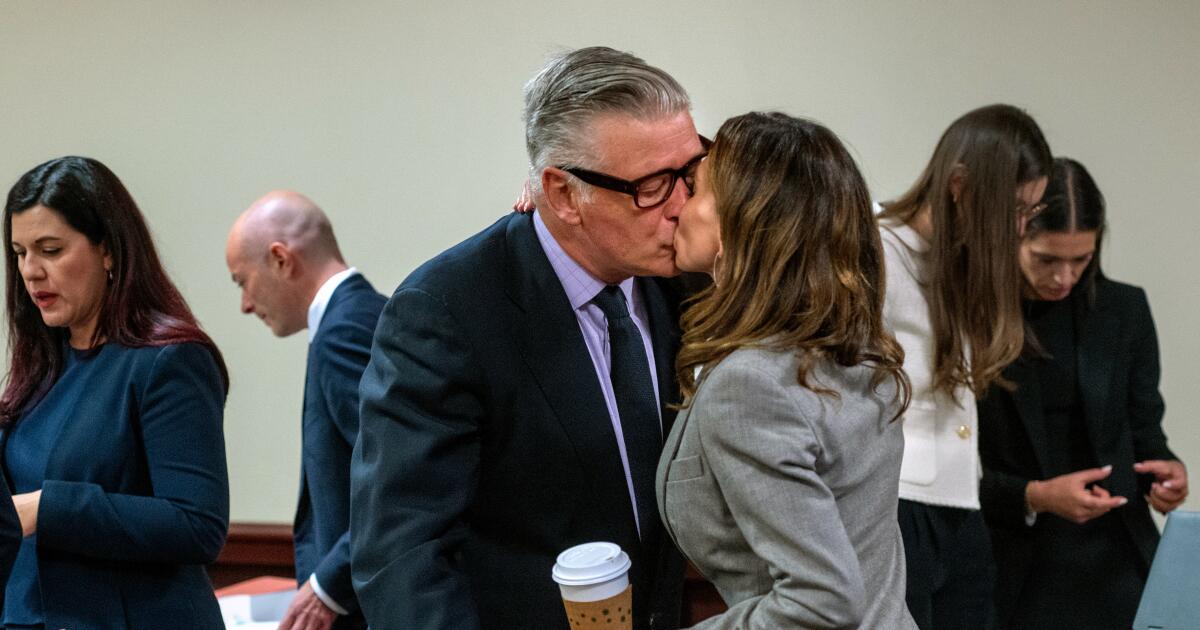The seeds for “The Lady in the Lake” were planted in 1969 with the disappearances and deaths of an 11-year-old Jewish girl and a 33-year-old Black woman in Baltimore. These crimes inspired Laura Lippman to write her 2019 novel, in which multiple narrators tell the stories of aspiring newspaper reporter Maddie Schwartz, a Jewish woman trying to establish herself as a journalist while estranged from her traditionalist family; and Cleo Sherwood, a Black waitress who gets along badly with her criminal employers.
Now, “Lady in the Lake” has been adapted into a seven-episode miniseries, created by Alma Har’el and premiering Friday on Apple TV+. The story — about women battling glass ceilings, a city on the brink and the different ways different people seek freedom — has undergone significant changes along the way from the streets of Baltimore to the pages of a best-selling novel and now to the big screen. In separate interviews, Lippman, Har’el and members of the cast, including stars Natalie Portman and Moses Ingram, shared their thoughts on bringing “Lady” to life.
The novelist
Lippman is a Baltimore native and former reporter for the Baltimore Sun. As a child, she read about Esther Lebowitz, an 11-year-old girl who disappeared in 1969 and was later found dead. But it wasn't until Lippman began working at the Sun that she learned about Shirley Parker, the black woman who received almost no coverage in the city's mainstream white press when her decomposed body was found in a lake spring shortly afterward.
“I grew up reading the paper, but I had to go work at the paper and do the rewrite guys’ tour of Baltimore to find out about the Lady in the Lake,” she said in an interview from her home in Baltimore. “I was very interested in the idea that a little girl died and everyone knew about it, and a black woman died, and we’ve never even had an official cause of death. They’ve never been able to even rule it a homicide, and at this point, there’s not going to be any determination made about that death.”
This discrepancy fascinated Lippman, but he didn't want to simply write a novel about the two deaths. When he writes fiction, he doesn't dig deep into specific cases.
“I don’t reach out to real-life families who might have connections to these cases because I don’t want to cause pain,” Lippman said. “I think about this all the time. There have been some crime podcasts that do this that I’ve really had trouble with.”
Instead, she set out to write a novel with a very specific theme: “I decided to go beyond that and write a story about a white woman who exploits the pain of black people for her own benefit.”
Moses Ingram, left, plays Cleo Johnson and Byron Bowers plays her husband, Slappy Johnson, in “Lady in the Lake.”
(Apple)
Enter Maddie, played in the series by Portman (in her first recurring television role), and Cleo, played by Ingram (The Queen’s Gambit), whose last name is Johnson in the adaptation. The girl’s disappearance sends Maddie into an existential spiral. She leaves her husband, moves to a predominantly black neighborhood, and rekindles an old passion for journalism. She becomes increasingly obsessed with the missing girl and then with Cleo, who berates Maddie, perhaps from beyond the grave, for failing to see the bigger picture.
“The Lady in the Lake” plays out differently on screen than on paper (Maddie is a bit more redeemable in the series than in the novel), and the book’s myriad narrative voices have given way to a kind of dialogue between Maddie and Cleo.
Lippman, who calls the series “fantastic,” has no problem with those changes. The author, who was married to David Simon, creator of the quintessential Baltimore series “The Wire,” said she knows a lot about how television is made, but she doesn't write for the big screen.
“I don’t think of it as my story anymore,” Lippman said. “From the moment I sold it, I approached the adaptation as a novelist.”
The creator
Har'el, who was born and raised in Israel but is now a longtime resident of Los Angeles, was surprised by how the story handled Maddie's Jewish identity when producers Nathan Ross and the late Jean-Marc Vallée first pitched the project to her.
“The idea of Judaism creates an opportunity to explore persecution, racism, and both oppression and being an oppressor,” he said in a video interview from his home in Los Angeles. “It also allows you to look at assimilation, or having the possibility of assimilation.”
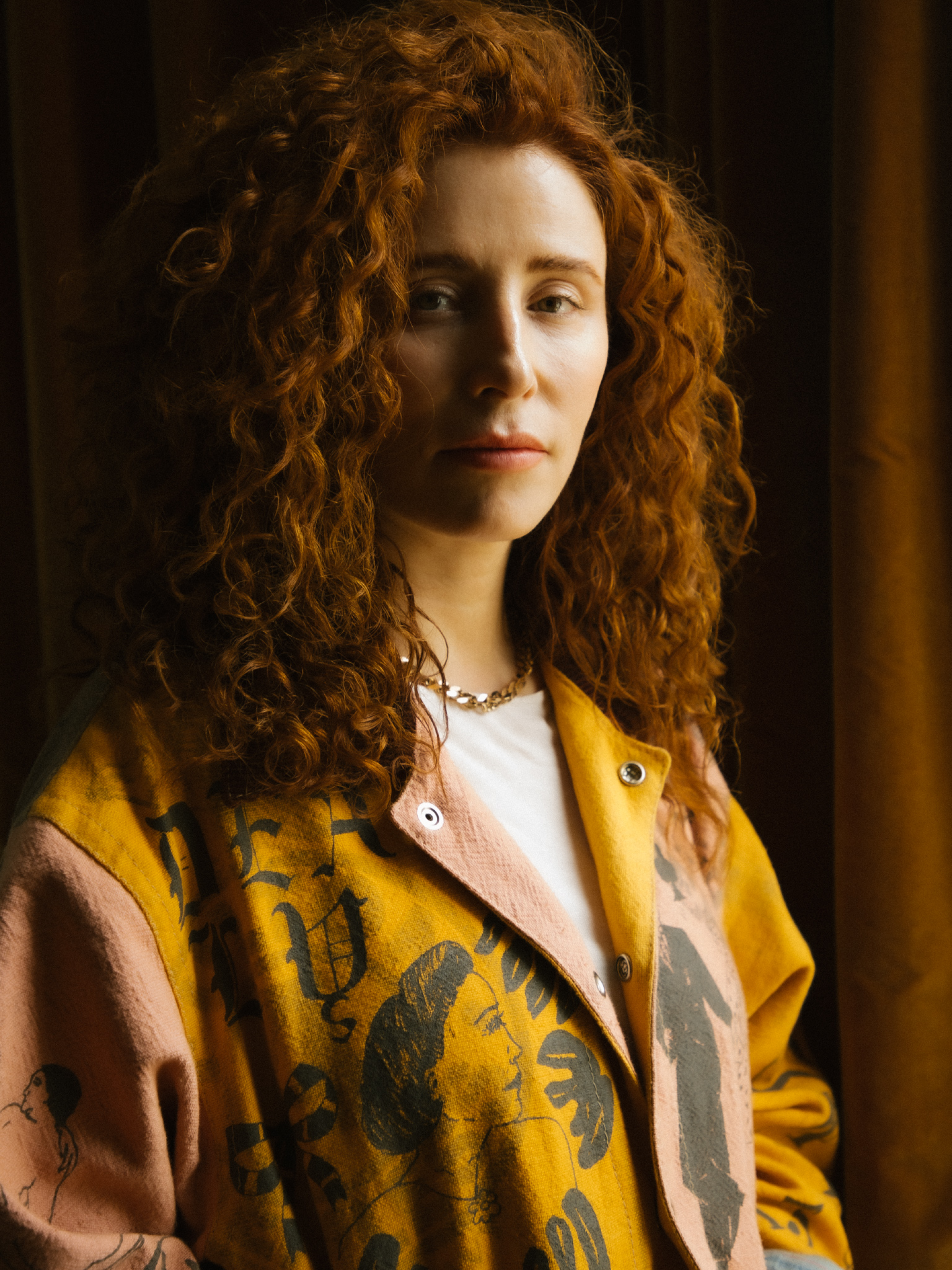
Alma Har'el, creator, writer and director of Apple TV+'s “Lady in the Lake.”
(Rob Berry)
These ideas revolve around Maddie, whose family eats kosher and observes the High Holidays, and who rebels against her culture's expectations of her as a wife and mother.
But the black characters in “Lady in the Lake” also intrigued her, particularly the different ways they represent the idea of freedom. Har’el’s romantic partner, comedian Byron Bowers, inspired her to create a husband for Cleo, Slappy “Dark” Johnson, whom she plays in the series. Slappy is a Richard Pryor-style comic who tests creative boundaries in the mid-1960s (both the novel and the series are set in 1966) and explores themes that resonate within the black community. Bowers was also a consulting producer on the series, and several of the show’s writers are black.
“Everyone in the show is fighting their own internal war and searching for freedom outside of what society says, which is something I try to do in real life,” Bowers said in a separate interview. “This is a world of black people that I didn’t even know about. I grew up in the crack epidemic, but this was when families were still families and black people had hope before heroin and the Vietnam War.”
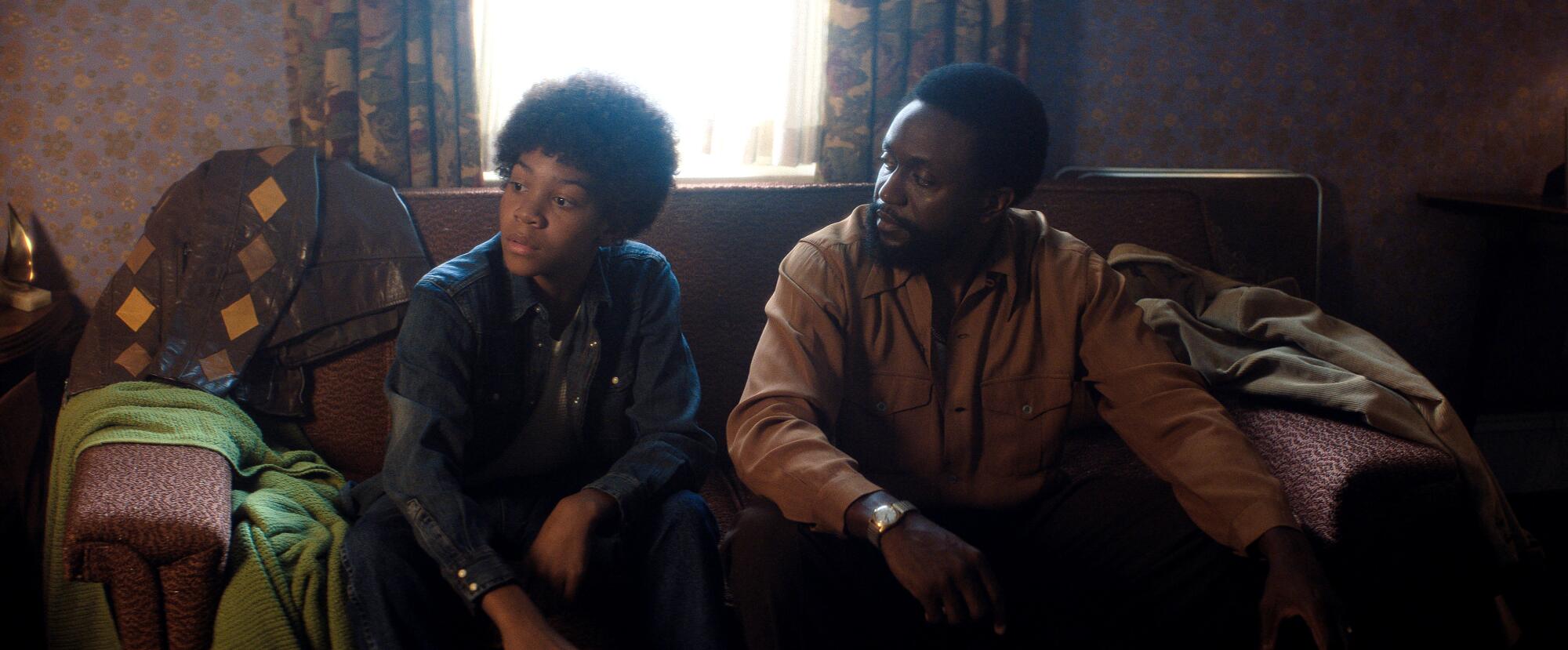
Tyrik Johnson, left, and Byron Bowers in “The Lady in the Lake.”
(Apple)
While Lippman’s novel incorporates multiple narrators, some more reliable than others, Har’el immediately focused on the voices of Cleo and Maddie, two women desperately trying to break free from the constraints created by a very patriarchal society. Maddie can’t even sell her own car without her soon-to-be ex-husband’s signature; Cleo lives largely under the yoke of her gangster, club-owning boss, played by Wood Harris, who combines Black Power rhetoric with ruthless control of the city’s gambling business.
Har'el, who was the head writer and also directed all seven episodes of the series, sees the characters as part of the same push-and-pull duality that fuels the entire story.
“There’s a Jungian side to the show that tries to seduce you into looking beyond the politics and into the human experience,” he said. “It turns that experience into something that, hopefully, the characters can touch.”
But without their stars, he says, ideas mean little.
“The credit goes to the actors,” he says. “They get to that emotional place with authenticity, and it’s quite magical to watch them do it.”
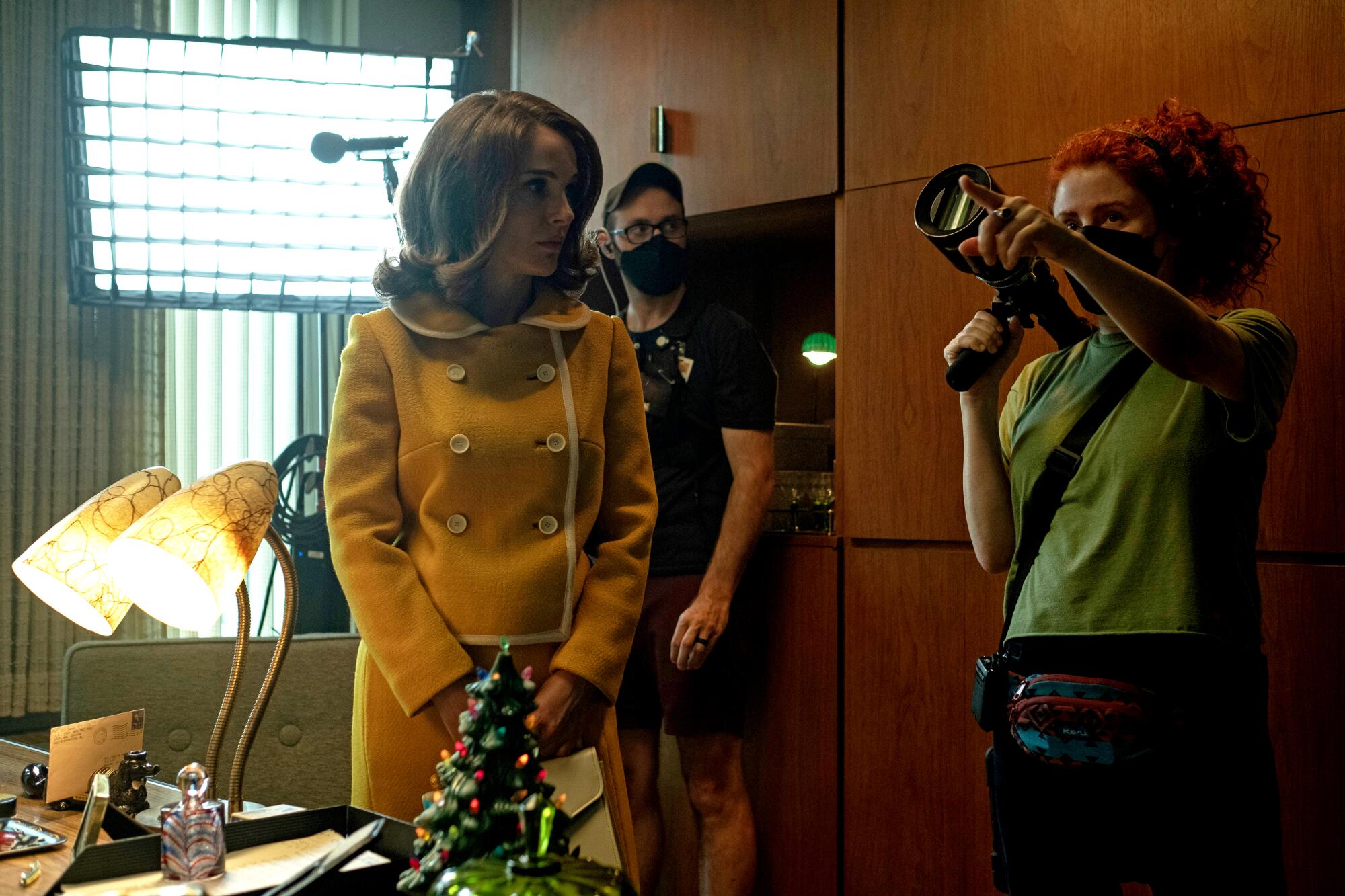
Natalie Portman, left, on set with Alma Har'el.
(Apple)
The stars
Portman was attached to the project from the beginning, as both star and executive producer. At one point, Lupita N'yongo was cast as Cleo, but the role wasn't ultimately cast until filming began; “No one could agree,” Har'el says. “But when Moses came on, it was very clear. Everyone saw it right away.”
Ingram and Portman rarely appear onscreen together, but they feel connected from the moment they see each other in the first episode. In the opening scenes, the blood of the lamb Maddie bought for her family's dinner spills onto her dress, and she looks at the outfit Cleo is modeling in a department store window. For Portman, this moment speaks volumes.
“In that opening scene where they’re together, where she’s looking at Cleo in the dress, she’s really just looking at the dress,” Portman said in a video interview with Ingram. “It’s symbolic of how he treats Cleo. He’s using her as a vehicle for his own needs and to further his own ambition.”
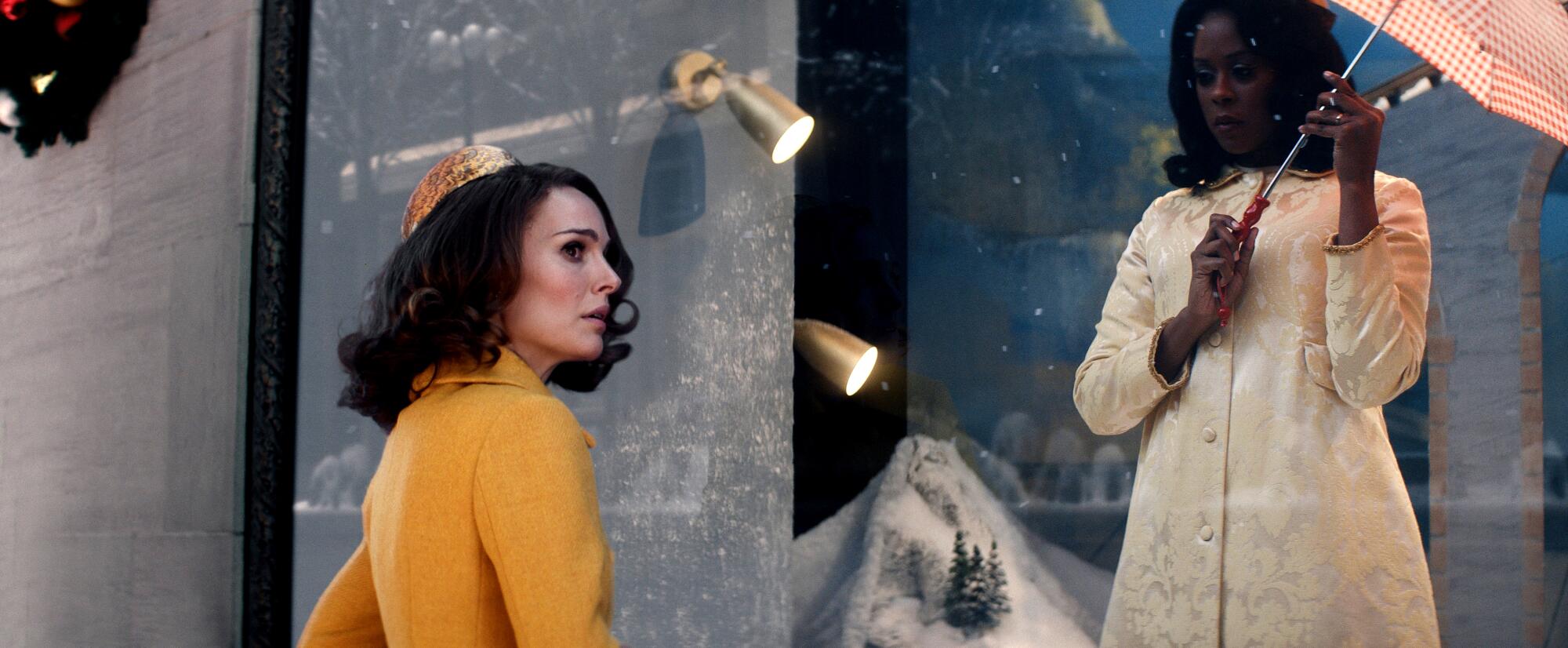
The moment Maddie (Natalie Portman) and Cleo (Moses Ingram) meet for the first time in “The Lady in the Lake.”
(Apple TV+)
And yet the series strives to connect them, thematically and visually, in the editing process, through cross-cut montages that link them throughout different periods of their lives.
“I think they live in a very similar world that affects them in similar ways,” Ingram said. “Being women, being mothers, taking care of their husbands and their children and also trying to figure out what they might want for themselves, and how to get it — those are things they share.”
In the series, Maddie is a little softer than in the novel, a little less headstrong in the way she uses Cleo’s story to establish a journalism career. But she remains deeply flawed and somewhat blind to the lives she writes about. (Lippman: “I joke that if you want to be a human-interest writer, it helps to have some interest in humans.”)
For Portman, the fact that Maddie is not an angel made the role more interesting and more human.
“It reflects the tragedy that even if you are oppressed, you can be an oppressor,” she says. “It’s something we have to be very aware of, because I think the opposite story is often told: ‘Oh, if someone did something to you, don’t do it to someone else. ’ And unfortunately, that’s not entirely true.”
For Lippman, a kinder, gentler Maddie talks about the different paths they've taken in a different medium. And she's very happy with the results.
“Natalie Portman’s Maddie is so much bigger, more nuanced and more complicated than my Maddie,” she said. “How could I not love her? There’s a big difference between asking readers to get behind a character who’s not particularly likable and asking people to watch that character in a miniseries, especially if she’s a woman. I really respect the decisions that were made in this adaptation, because they’re well thought out.”

